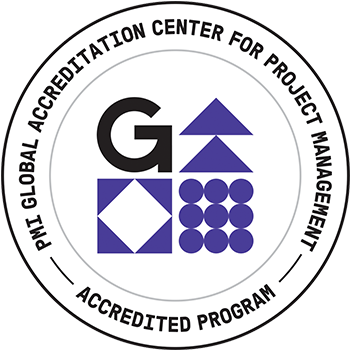Time is a resource and a constraint. This study adopts an empirical science philosophical approach to capture the views of randomly selected samples of project stakeholders. In all, 200 survey questionnaires were administered out of which 140 completed and usable questionnaires were retrieved. Primary data were analysed through SPSS version 25 along with descriptive and inferential statistical tools. Results of the study uncovered planning/goal setting, scheduling/prioritisation, and managing interruptions as strategies for effective project time management.
Keywords: Project, Stakeholders, Strategy, Time.
PMI Talent Triangle: Strategic and Business Management (Business Acumen)
Communication consistently ranks amongst the top critical success factors identified in practically all of the numerous project performance surveys undertaken across the globe over time. Considered the life blood of every project, its importance is universally acknowledged by project practitioners. No project can be accomplished successfully in the absence of good communication which is sustained over the entire project life-cycle. In fact, communication assumes added importance and criticality with increasing project technical, social and environmental complexity. Yet, communicational deficiencies continue to overshadow and seriously impede many projects resulting for them, inter alia, in cost and schedule overruns, unwanted scope modifications, staff demotivation and reputational damage, and a significantly higher risk of project failure. Consequently, an effort must be made to explore and critically analyze from the perspective of the project stakeholders, both primary and secondary, the specific role communication plays on projects along with the myriad accompanying challenges and limitations it poses as well as ways and means by which these challenges and limitations can be managed.
For this study the authors have reviewed over twenty large-scale projects primarily in civil infrastructure development. Projects falling under this category have the advantage of typically having a comparatively very sizeable and diverse community of primary and especially secondary stakeholders which makes the creation of complex communicational nets necessary and which consequently opens up the opportunity for gaining more interesting insights through multidimensional exploration and analysis. The authors look in detail at the process of communication between stakeholders and the key factors which condition its effectiveness as well as offer various practical and specific suggestions as to how to the quality of communication on projects can be improved. Projects can hence benefit through the insights offered by this study into communicational dynamics which can help them shape their communication systems in a stakeholder-responsive manner and thereby enhance project effectiveness and efficiency.
PMI Talent Triangle: Leadership (Power Skills)

